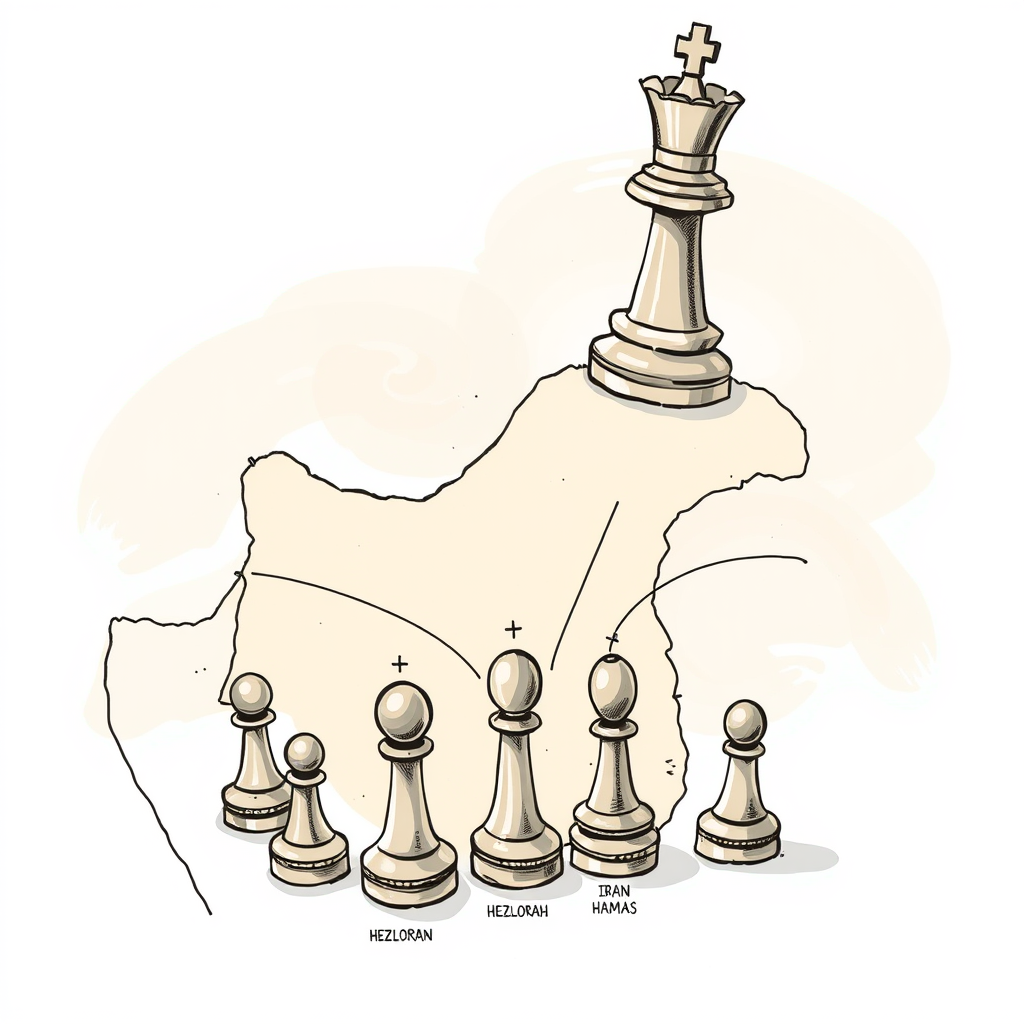Israel’s Decisive Strike Against Iran Explained

Israel’s recent military actions against Iran represent a calculated escalation of a long-simmering conflict, and appear to be the culmination of years of strategic preparation. While ostensibly triggered by Iran’s support for regional proxies and its nuclear ambitions, the strikes seem less a reactive response and more a proactive fulfillment of a long-held objective. The narrative emerging from the conflict suggests Israel deliberately sought a confrontation, believing it had neutralized key threats and established the necessary conditions for a decisive engagement.
The operation began with targeted strikes within Iran, focusing on military leadership and nuclear facilities. Reports indicate a swift and effective dismantling of command structures, alongside attacks on uranium enrichment sites. This initial phase mirrored a prior, successful campaign against Hezbollah, the Iran-backed militia in Lebanon, which Israel neutralized through a combination of leadership targeting, precision strikes against missile stockpiles, and sophisticated sabotage operations. The removal of Hezbollah’s threat, once a source of constant fear for Israelis, seemingly paved the way for a direct confrontation with Iran.
Israel’s strategy appears to have been predicated on the belief that it could decisively degrade Iran’s military capabilities before a significant retaliatory response. The strikes against Iran’s air defenses were particularly crucial, designed to clear the path for further attacks on ballistic missile sites. Prime Minister Netanyahu framed the operation as an existential necessity, arguing that inaction would jeopardize future generations.
The initial Iranian response – a barrage of drones and missiles – proved largely ineffective, intercepted by a coalition of forces including the United States, European nations, and even Arab states. This outcome provided Israel with justification for further escalation. Reports of Israeli commandos operating within Iran and the alleged targeting of key air force personnel suggest a bold and aggressive approach.
While the conflict with Iran unfolds, the situation in Gaza remains a stark and tragic counterpoint. The immense human cost of the ongoing conflict – over 1,200 Israelis killed in the initial Hamas attack and over 55,000 Palestinians killed in Gaza – underscores the complex and deeply entrenched nature of the regional conflict. Israel views Hamas as an Iranian proxy, and the October 7th attack was likely intended to ignite a wider regional war, hoping Hezbollah would join the fray. However, Iran seemingly held Hezbollah back, opting for a strategy of limited escalation through daily tit-for-tat exchanges.
The current situation suggests Israel has been preparing for this confrontation for years, patiently building its military capabilities and strategically weakening its adversaries. The question now is whether this calculated gamble will achieve its objectives – a secure Israel and a diminished Iran – or whether it will further destabilize an already volatile region. The disparity in the scale of conflict between Gaza and the actions against Iran is striking, and raises questions about the strategic priorities driving Israeli policy. While the outcome remains uncertain, it is clear that Israel has embarked on a high-stakes operation with potentially far-reaching consequences.